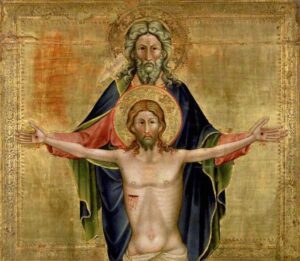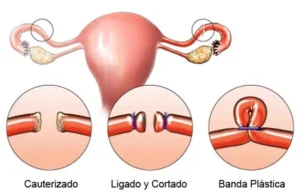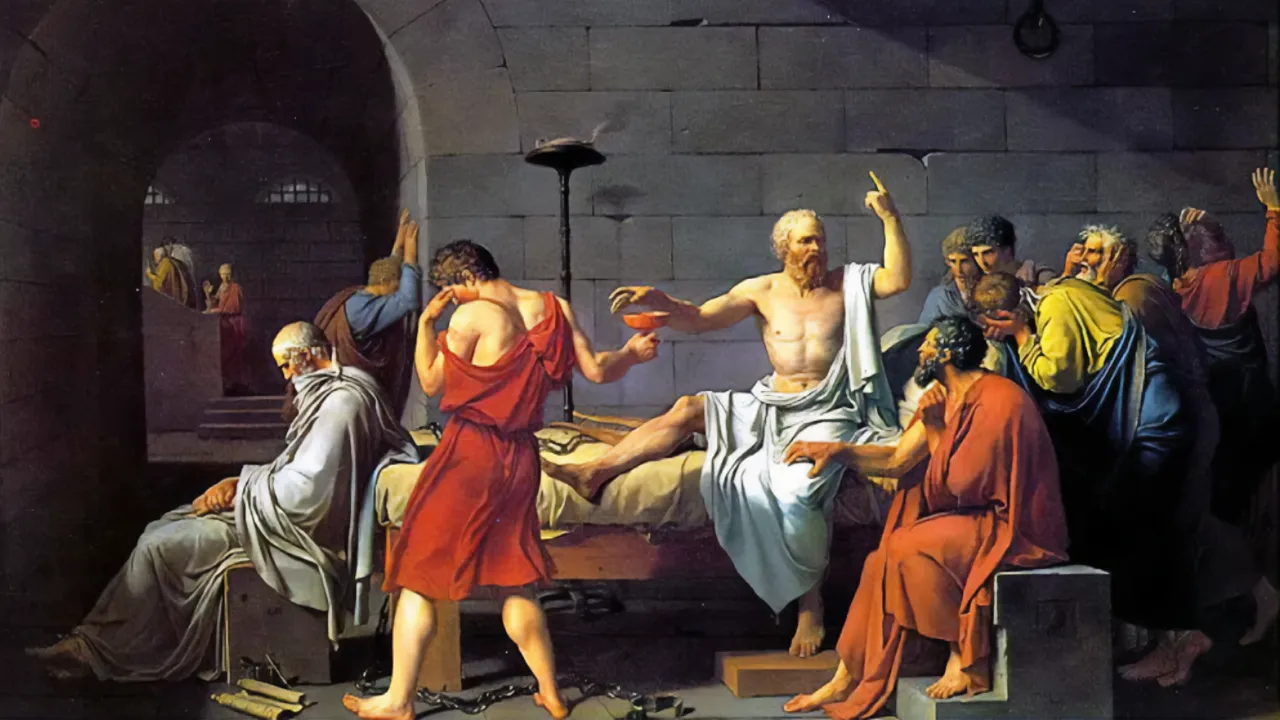Question:
What is the problem with transplants, and what is the issue regarding “criteria for death” for the case of some transplants?
Answer:
The subject of transplants is a very long and arduous topic. I will limit myself to point out a few guiding principles from the Magisterium of the Church.
1. The Attitude of the Donor
The willingness to donate one’s organs is praiseworthy (provided that the parameters that make this action licit are met): “Over and above such outstanding moments, there is an everyday heroism, made up of gestures of sharing, big or small, which build up an authentic culture of life. A particularly praiseworthy example of such gestures is the donation of organs, performed in an ethically acceptable manner, with a view to offering a chance of health and even of life itself to the sick who sometimes have no other hope.”[1]. Also: “It must first be emphasized, as I observed on another occasion, that every organ transplant has its source in a decision of great ethical value: ‘the decision to offer without reward a part of one’s own body for the health and well-being of another person’”.[2] Precisely in this lies the nobility of the gesture, which is an authentic act of love. It is not a matter of simply donating something that belongs to us, but of donating something of ourselves, since “‘by virtue of its substantial union with a spiritual soul, the human body cannot be considered as a mere complex of tissues, organs and functions . . . rather it is a constitutive part of the person who manifests and expresses himself through it’[3].”[4]
2. The Consent
Regarding this, I emphasize the following two criteria:
1st: “It is morally inadmissible if the donor or his legitimate representatives have not given their explicit consent.”[5] “The consent of relatives has its own ethical validity in the absence of a decision on the part of the donor.”[6]
2nd: “Naturally, analogous consent should be given by the recipients of donated organs.”[7]
3. Dangers and Risks
“Organ transplantation is in conformity with the moral law if the physical and psychological harm and risks suffered by the donor are proportionate to the good sought for the recipient.”[8]
4. What organs can be donated and transplanted?
“Ethically, not all organs can be donated. The brain and the gonads may not be transplanted because they ensure the personal and procreative identity respectively. These are organs which embody the characteristic uniqueness of the person, which medicine is bound to protect.”[9]
5. In case of mutilation or death of the donor
“Furthermore, mutilation that leaves a person disabled or that directly causes death cannot be morally permitted, even if it is done to delay the death of other persons.”[10]
6. Transplant of single vital organs
Singular vital organs are those organs without which a human being cannot live (vital) and which, moreover, he possesses not in double but in single number (singular); for example, the heart. Pope John Paul II said: “vital organs which occur singly in the body can be removed only after death, that is from the body of someone who is certainly dead. This requirement is self-evident, since to act otherwise would mean intentionally to cause the death of the donor in disposing of his organs.”[11]
7. Transplants and disguised euthanesia
When the objective criteria of death are not respected, real euthanasia is concealed under the guise of transplants: “Nor can we remain silent in the face of other more furtive, but no less serious and real, forms of euthanasia. These could occur for example when, in order to increase the availability of organs for transplants, organs are removed without respecting objective and adequate criteria which verify the death of the donor.”[12]
8. Is the criterion of encephalic death valid?
Of all the problems presented by the issue of transplantation, the most serious one is certainly the confirmation of the donor’s death. The moral principle that should govern is the following: in the case of single vital organ transplantation done ex cadavere, the certainty of the donor’s death is required. We must say that if the transplantation is truly performed from a corpse to a living man, taking into account and respecting all the relevant ethical rules, there seem to be no moral objections, and it would be a “perfectly licit” act[13]. However, these “ethical rules” are determined by the following principles:
1) As long as there is life, even if it is only vegetative life, it is inviolable. As Bishop Sgreccia affirms: “One cannot introduce the distinction between ‘biological life’ and ‘personal life’ (life of conscience and relationship): in man, there is a unique vitality, and as long as there is life, it must be retained that it is the life of the person…”[14]. For his part, Pope John Paul II has said: “Respect for human life… is not for man one of the rights, but the fundamental right… Right to life means the right to come into existence and then to persevere in existence until its natural extinction: as long as I live I have the right to live’.”[15]
2) As a consequence of the above, one cannot proceed in doubt or on the basis of mere probability, but always and only on the certainty of death. Here the principle enunciated by John Paul II for the treatment of human embryos applies in its full extension: “…from the standpoint of moral obligation, the mere probability that a human person is involved would suffice to justify an absolutely clear prohibition of any intervention aimed at killing a human embryo.”[16]
With this in mind, can the criterion of encephalic death be accepted? On this very delicate subject, Pope John Paul II has said: “In this regard, it is helpful to recall that the death of the person is a single event, consisting in the total disintegration of that unitary and integrated whole that is the personal self. It results from the separation of the life-principle (or soul) from the corporal reality of the person. The death of the person, understood in this primary sense, is an event which no scientific technique or empirical method can identify directly. Yet human experience shows that once death occurs certain biological signs inevitably follow, which medicine has learnt to recognize with increasing precision. In this sense, the “criteria” for ascertaining death used by medicine today should not be understood as the technical-scientific determination of the exact moment of a person’s death, but as a scientifically secure means of identifying the biological signs that a person has indeed died. It is a well-known fact that for some time certain scientific approaches to ascertaining death have shifted the emphasis from the traditional cardio-respiratory signs to the so-called “neurological” criterion. Specifically, this consists in establishing, according to clearly determined parameters commonly held by the international scientific community, the complete and irreversible cessation of all brain activity (in the cerebrum, cerebellum and brainstem). This is then considered the sign that the individual organism has lost its integrative capacity.With regard to the parameters used today for ascertaining death – whether the “encephalic” signs or the more traditional cardio-respiratory signs – the Church does not make technical decisions. She limits herself to the Gospel duty of comparing the data offered by medical science with the Christian understanding of the unity of the person, bringing out the similarities and the possible conflicts capable of endangering respect for human dignity. Here it can be said that the criterion adopted in more recent times for ascertaining the fact of death, namely the complete and irreversible cessation of all brain activity, if rigorously applied, does not seem to conflict with the essential elements of a sound anthropology. Therefore a health-worker professionally responsible for ascertaining death can use these criteria in each individual case as the basis for arriving at that degree of assurance in ethical judgment which moral teaching describes as “moral certainty”. This moral certainty is considered the necessary and sufficient basis for an ethically correct course of action. Only where such certainty exists, and where informed consent has already been given by the donor or the donor’s legitimate representatives, is it morally right to initiate the technical procedures required for the removal of organs for transplant.”[17]
Fr. Miguel A. Fuentes, IVE.
[1] St. John Paul II, Evangelium Vitae, 86
[2] St. John Paul II, Address to Participants of the First International Congress of the Society for Organ Sharing, June 20th, 1991, no. 3: L’Osservatore Romano, August 2nd, 1991.
[3] St. John Paul II, Congregation for the Doctrine of the Faith, Donum Vitae, 3.
[4] St. John Paul II, Address to the 18th International Congress of the Transplantation Society, August 29th, 2000, 3.
[5] Catechism of the Catholic Church, para. 2296.
[6] St. John Paul II, Address 18th International Congress, 3.
[7] Ibid
[8] CCC, para. 2296
[9] Pontifical Council for the Pastoral Care of Health Care Workers, Letter to Health Care Workers, n. 88
[10] CCC, no. 2296
[11] St. John Paul II, Address to 18th International Congress, no. 4
[12] St. John Paul II, Evangelium Vitae, n. 15
[13] St. John Paul II, Discurso a los participantes en el Congreso organizado por la Pontificia Academia de las Ciencias, del 14 de diciembre de 1989, L’Osservatore Romano, January 7, 1990, p.9, n. 6.
[14] Elio Sgreccia, Manuale di Bioetica, op.cit., tomo I, p. 449. [cf. in Personalist Bioethics: Foundations and Applications, The Catholic University of America Press]
[15] St. John Paul II, Clausura de la IX Conferencia Internacional de agentes sanitarios; L’Osservatore Romano, 9 de diciembre de 1994, p. 7, 2.
[16] St. John Paul II, Evangelium Vitae, 60
[17] St. John Paul II, Address to 18th International Congress.
Original Post: Here
Another Post: Is it licit to do transplants from animals to humans?














